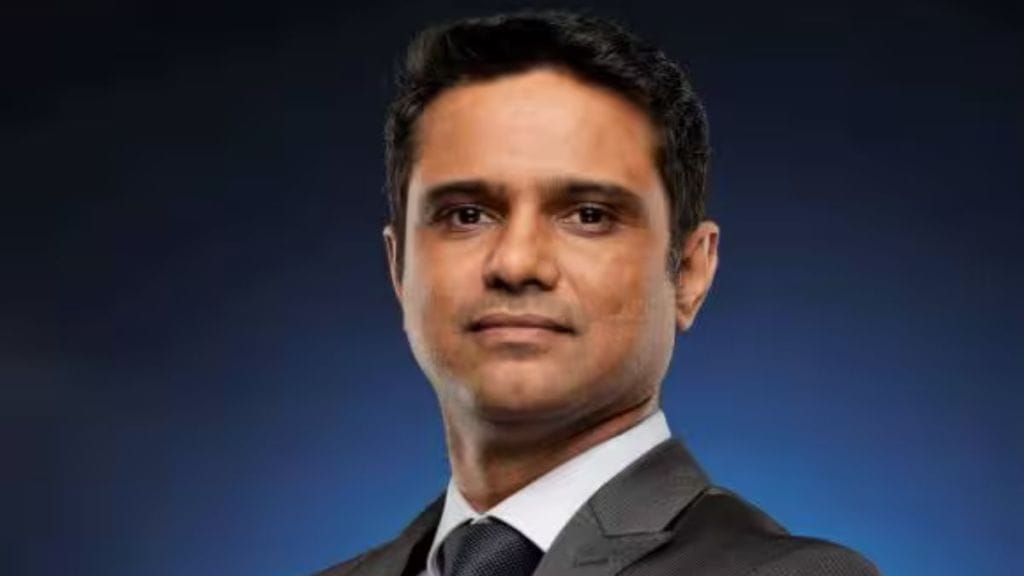The RBI’s dovish stance, potential trade deal with the US and easing fiscal worries will help soften government bond yields, believes Sandeep Yadav, head – fixed income, DSP Mutual Fund. He tells Christina Titus that gilt fund is a suitable option for investors to take advantage of expected lower yields. Excerpts:
How do you see the interest rate trajectory going ahead?
We saw two out of six members voted for a stance change in the previous policy, clearly indicating a shift towards dovishness. However, the shift does not seem to warrant an immediate rate cut. If India signs a trade deal and the pressure on rupee eases, I would expect a decent probability of a rate cut in December. We call for a 25-bps cut in February. For the RBI to deliver a 50-bps rate cut, there has to be a significantly bigger shock on growth.
How will growth-inflation dynamics pan out? What will drive the rate cut?
Inflation outlook is benign due to GST changes, while growth is expected to be at 6.5-6.8% in FY26. The Q1 growth surprised the market. However, the risks lie in growth declining, rather than rising sharply from the current levels, due to global uncertainties. If India sees another growth shock, it would not be surprising for the RBI to respond with additional rate cuts to support the economy. When it comes to rate cuts, I think inflation is a non-event, and I believe policy cut will largely be driven by growth, rather than inflation.
What key lessons can be drawn from RBI’s proactive rupee intervention that led to its appreciation. What is your currency outlook.
We have seen 4-5% depreciation in the last one year. The RBI clearly said the rupee level will be determined by market forces. However, the regulator is not hesitant to intervene to curb the excess volatility. In the last 15-20 years, this is probably one of the more open RBI regimes when it comes to rupee management. It let the rupee depreciate because it had already leveraged quite a lot in the forwards position. Over recent months, the RBI has built significant reserves and did not hesitate to deploy them when the dollar-rupee exchange rate rose. A gradual depreciation of the rupee is expected ahead, with the RBI stepping in to support and stabilise the currency when necessary.
Where do you see the yields on 10-year benchmark bond in the next three-six months? Do you expect a rally?
The yield on 10-year 6.48 G-Sec is expected to ease to around 6.15–6.20% in the next three months as demand returns by December. By then, markets are also likely to factor in a more dovish RBI stance, while resolution of trade deal concerns could ease fiscal worries. Bloomberg’s possible decision on India’s inclusion in its global index may further influence the sentiment.
The RBI’s ongoing forward sales could tighten liquidity if contracts expire, prompting markets to anticipate fresh open market operations. This could push yields lower over the next two-three months.
How do you position yourself in terms of debt portfolio? How do you factor in global events such as Fed rate cut and tariff tensions while revising your portfolio?
We have added more duration bonds, followed by the positive sentiment from the better borrowing calendar for H2 and a dovish policy. We are 100% invested. Currency risk and trade war remain primary concerns, but recent optimism around a potential trade deal by November has eased those fears, reducing the immediate threat to cut positions. On the Fed rate cut, I do not think it will have an impact domestically.
What is your stance on state bonds (SDLs)? Do you plan to increase your investments in SDLs?
We are not bullish on state government securities. We do not rule out the possibility of spreads coming down. However, we still see structural issues over there. Unlike central government, states depend a lot on GST for revenue. We are waiting to see what impact do tax changes have on state governments. Currently, we are away from state bonds. We will purchase SDLs tactically whenever opportunities arise.
What kind of funds will you suggest to debt investors?
It depends on the time horizon and risk appetite of investors. If you have a short investment horizon and a higher risk appetite, gilt fund is a suitable option for the next three-six months to get advantage of one more rate cut. For structural investors with set allocations, income-plus-arbitrage funds are recommended for stable returns.


